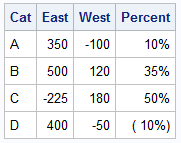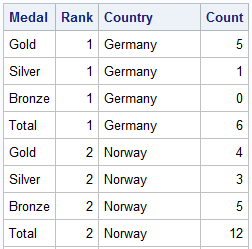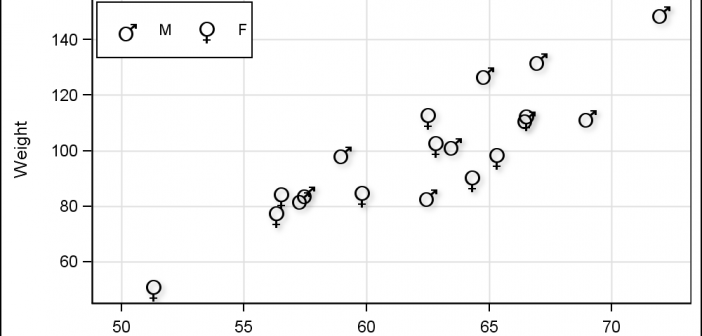
The SAS Global Forum 2014 is just around the corner starting Sunday, March 23 and I am eager to attend creative presentations from SAS users on ODS Graphics. Adoption of SG procedures, GTL and ODS Graphics Designer is growing among users and I see many promising papers. Papers by users: Something for Nothing!










